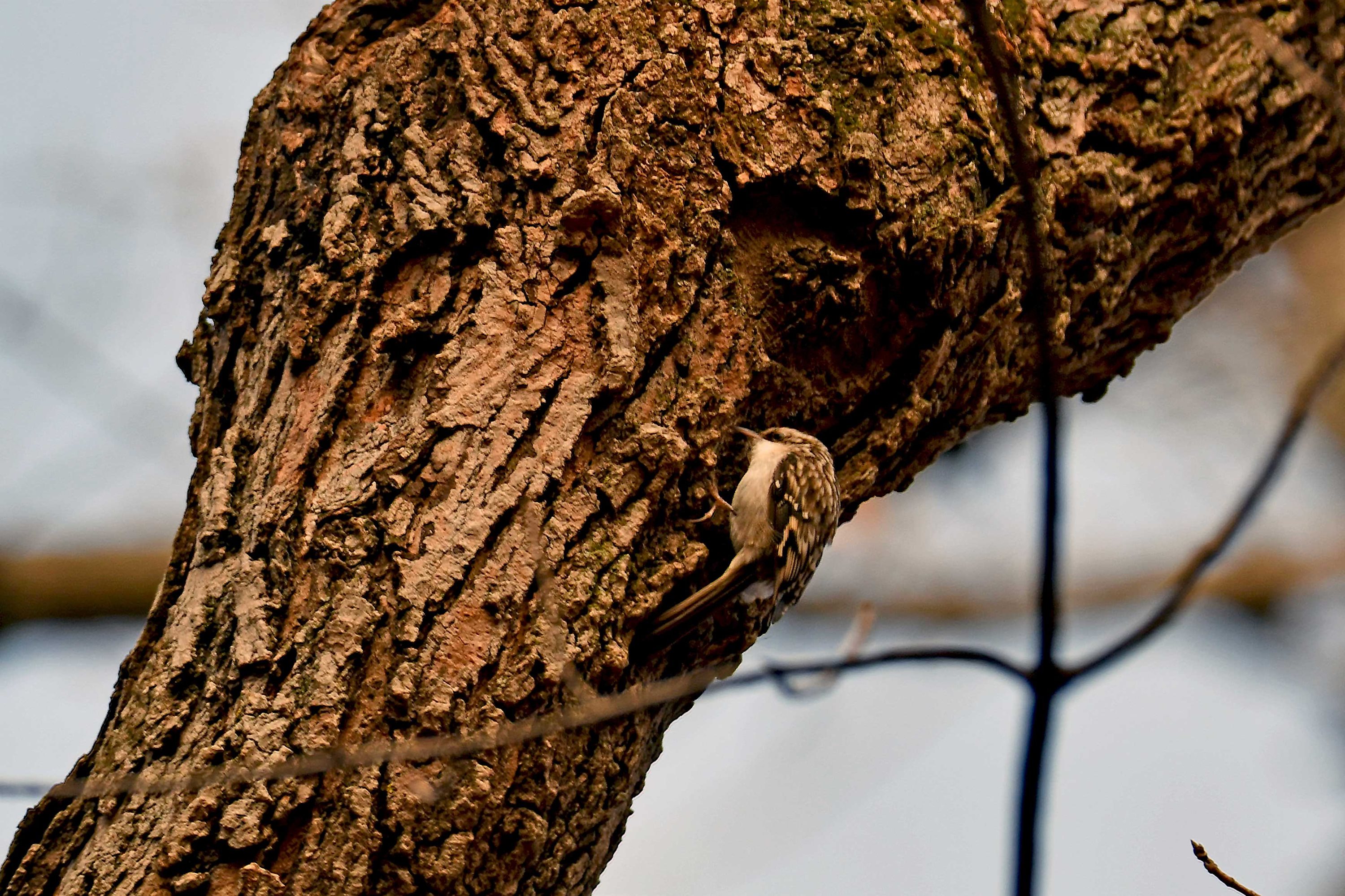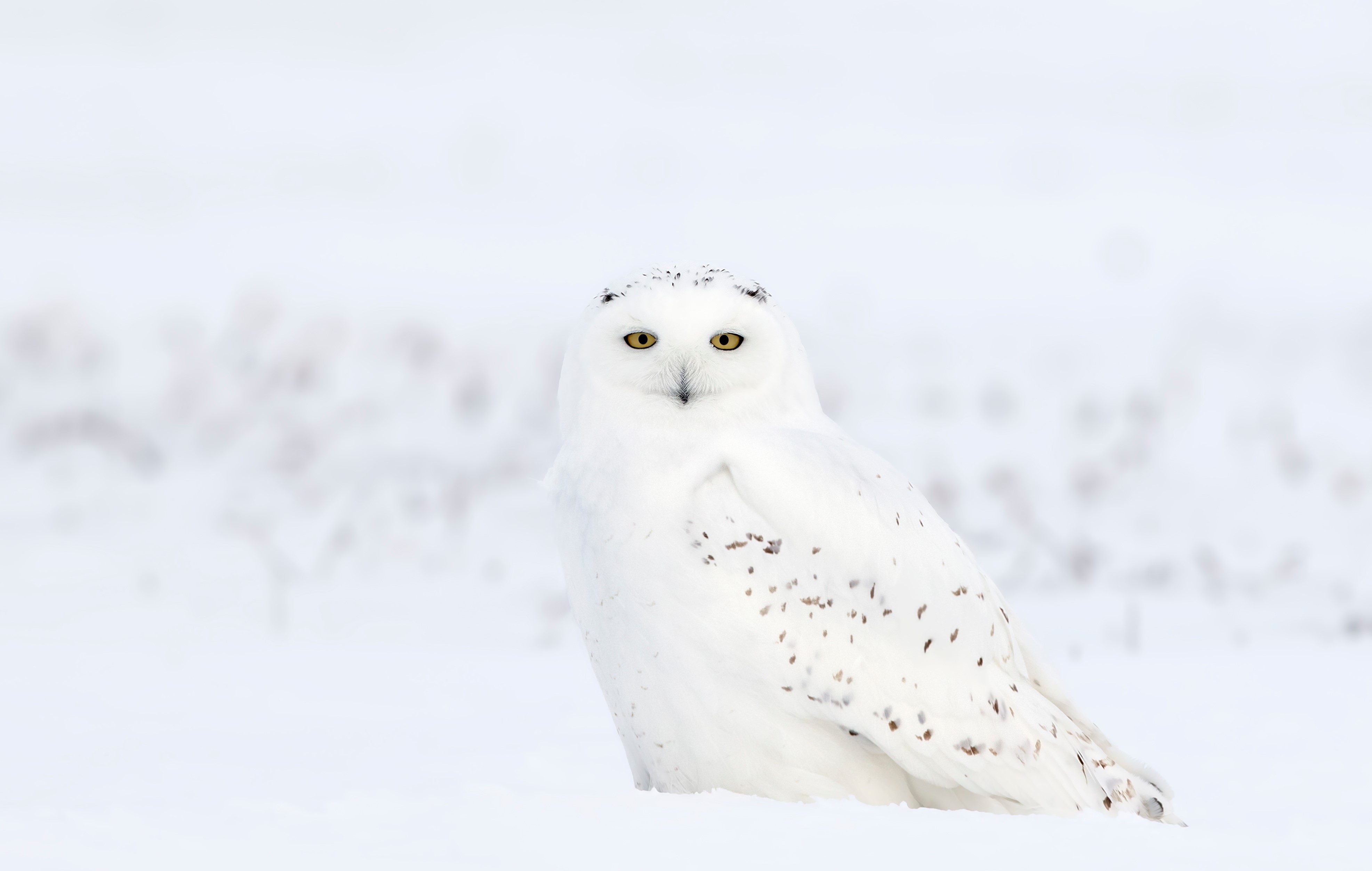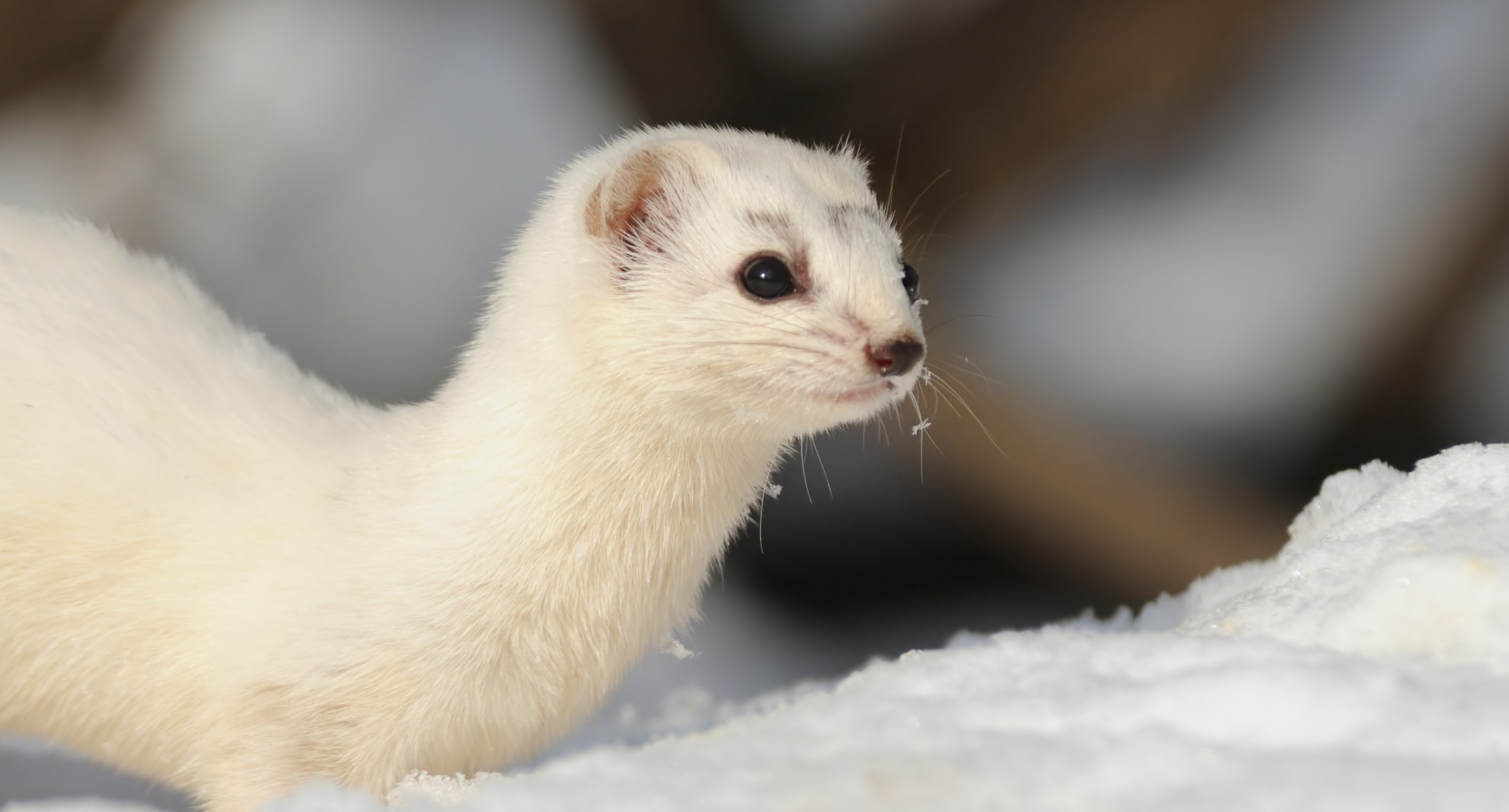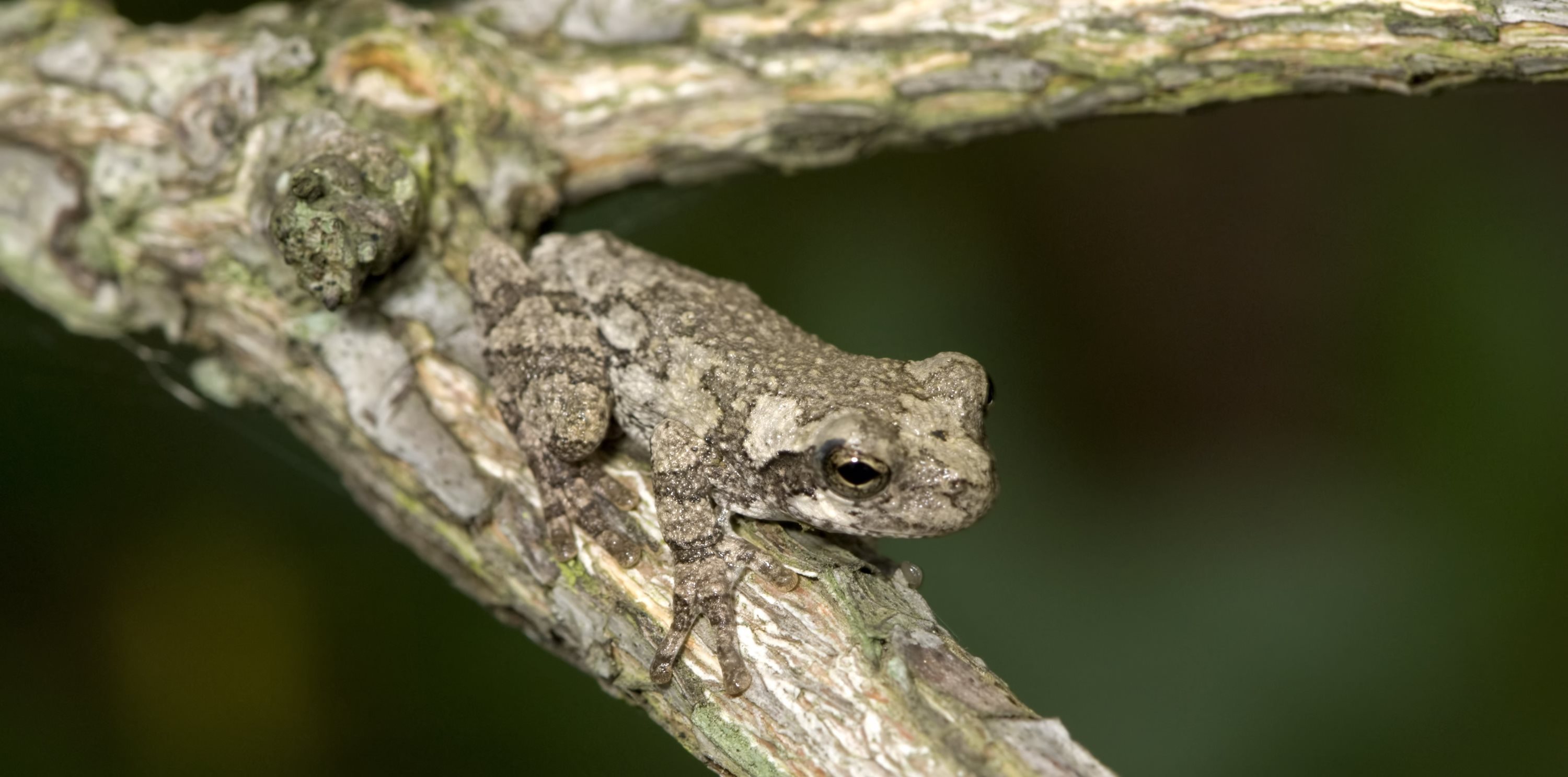| Story by Meghan McMahon |
12/10/2021
In the animal kingdom, it’s often eat or be eaten, so many species have developed some clever defense mechanisms to help keep them safe from predators.
Some of the most well-known are also the most effective. Take skunks, famous for their noxious-smelling spray. It seems to work, too, because few animals are known to eat skunks. Others are downright wacky, like the Texas horned lizard. These lizards can squirt blood from their eyes in an attempt to keep predators away. And don’t forget about opossums, which go to the drastic measure of pretending to be dead to save themselves from attack.
One of the less celebrated animal defense mechanisms is camouflage. Many animals rely on their coloring to help them avoid detection. In the animal kingdom, there are four types of camouflage: concealing coloration, disguise, disruptive coloration and mimicry, according to the Michigan State University Extension. Concealing coloration is when animals blend in with their surroundings, while disruptive coloration is when an animal has a pattern like spots or stripes that make it difficult to see its outline. Camouflage by disguise is when an animal looks like something else entirely to help it blend in. Mimicry is when a harmless animal looks similar to an animal that is poisonous or venomous to help it avoid predation. The most well-known example of mimicry is viceroy butterflies, which look very similar to monarchs — poisonous to many creatures because of the milkweed they eat.
Among the better-known animals that rely on camouflage are those that turn white in winter, like Arctic foxes. These foxes live in the Arctic tundra, and their fur changes color with the seasons, according to National Geographic. In the summer, they are brownish-gray in color, allowing them to blend in with the plants and rocks of the tundra. In the winter, however, they turn a stark white so they can escape detection in the snow.
A little closer to home is the snowshoe hare, which, similar to the Arctic fox, changes color throughout the year to better blend in with its surroundings, according to the National Wildlife Federation. Snowshoe hares live in parts of the Unites States, including the Rocky Mountains, the Appalachian Mountains, the Pacific Northwest, New England and parts of Michigan, Minnesota and Montana. In the winter, snowshoe hares are white, helping them blend in with their snowy environs. During the warmer times of the year, they are a reddish-brown color, better matching the rocks and dirt in their habitat.
Here’s a look at some of the animals closer to home that stand out for blending in.

)
)
)
)
)
)
)